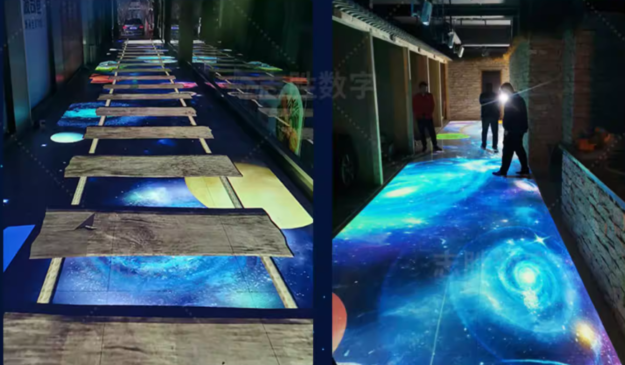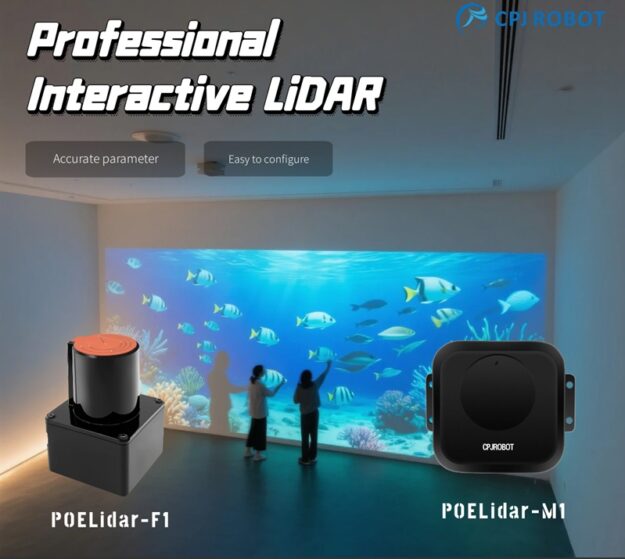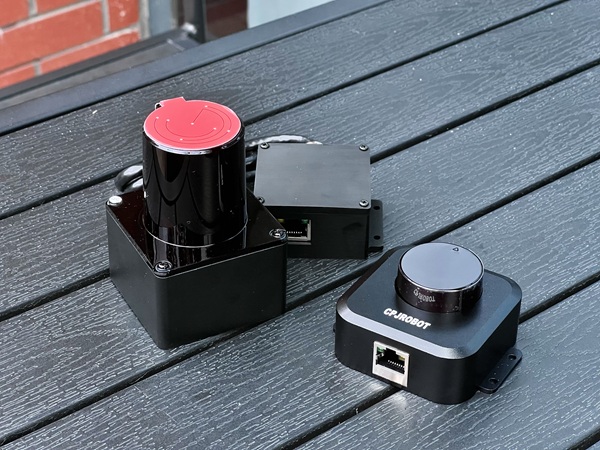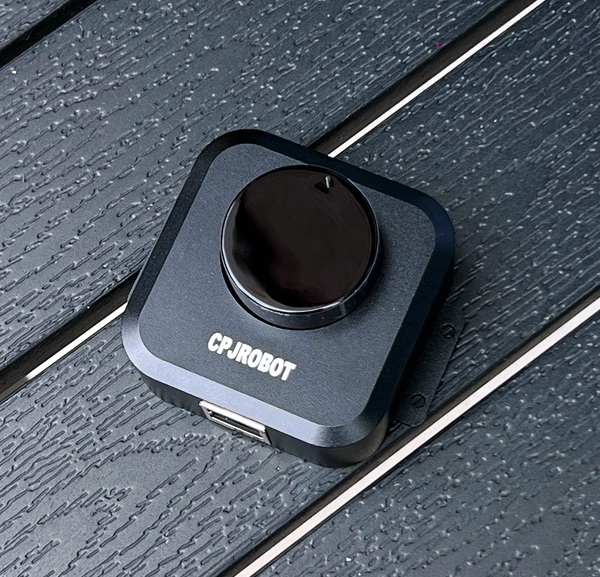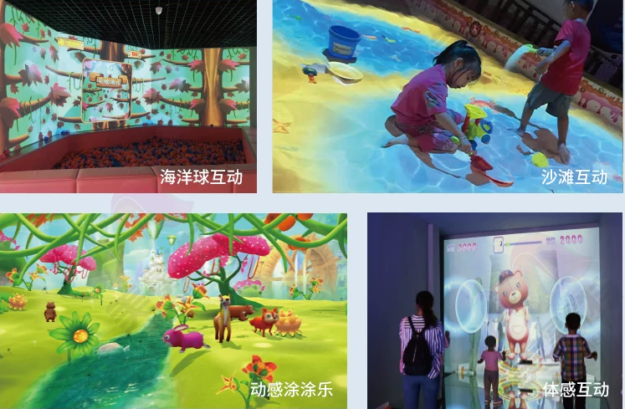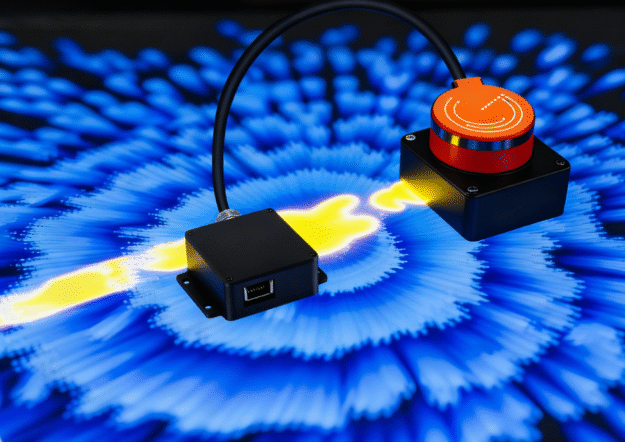PoE LiDAR Interactive Projection for Kids’ Playgrounds
What Is a PoE LiDAR “Digital Playground”? A “digital playground” is an interactive zone where a projected scene becomes playable—kids can step, tap, chase, draw, and collaborate on a floor or wall that responds instantly. The most common setup is surprisingly compact: With this trio, a plain surface turns into an always-refreshable activity area—part arcade,…


